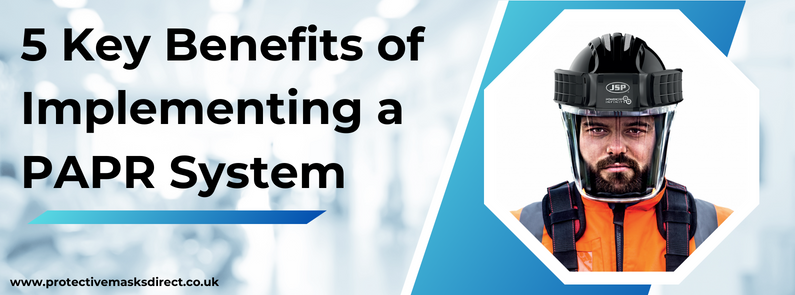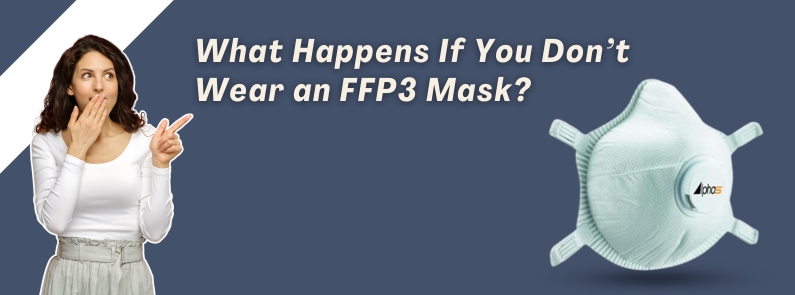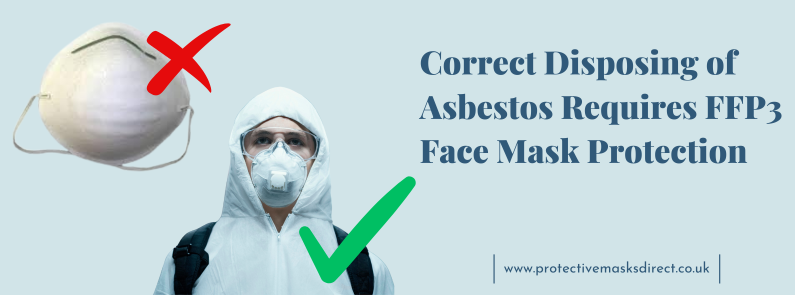
Personal powered respirators have become an increasingly popular option for providing respiratory protection in workplace environments. Unlike traditional respirators, a powered air purifying respirator (PAPR) uses a battery-powered blower to pull contaminated air through filters and push clean air into the wearer's breathing zone. This positive pressure system provides cleaner air with less breathing resistance compared to passive filtering facepiece respirators.
In this blog post, we'll explore the five key benefits of implementing a PAPR system, shedding light on how it can be a game-changer for industries striving to ensure the highest levels of safety and efficiency.
Key Benefits of Implementing a PAPR System
There are many advantages one can obtain by implementing a PAPR program instead of relying purely on disposable dust masks or elastomeric half-mask respirators. Here are 5 key benefits to consider:
1. Enhanced Respiratory Protection
A PAPR provides greater respiratory protection than simpler filtering facepiece respirators by actively delivering purified, breathable air. The blower component draws contaminated air through specialised high-efficiency particulate air (HEPA) filters, removing particulates, gases, and vapours before the clean air is pumped to the wearer's facepiece. This increased airflow keeps the facepiece positively pressurised, preventing inward leakage of polluted ambient air. With the battery-powered blower continually moving filtered air, breathing resistance is drastically reduced. This makes work less strenuous, with workers able to comfortably wear the PAPR system for entire shifts.
2. Integrated Protection from Multiple Hazards
PAPR systems feature integrated headtops that protect against multiple workplace hazards simultaneously. Many respirators even include face shields to protect the eyes and face from spills, splashes, large debris, and projectiles.
In some PAPR systems, the optional helmet attachments provide overhead impact defence. Many facepieces also protect hearing, dampening hazardous noise levels known to cause irreversible hearing damage over time.
This combined eye, face, hearing, and respiratory defence improves workplace safety at multiple contamination routes.
3. Versatility and Adaptability
The versatility of PAPR systems is unmatched, catering to a wide range of industries and applications. Whether it's dust masks for woodworking, disposable coveralls for chemical handling, or FFP3 masks for healthcare settings, PAPRs can be adapted to meet all these specific needs.
With a variety of facepiece options, including hoods, helmets, and masks, as well as the ability to integrate with other protective clothing, PAPRs offer a comprehensive solution that can be tailored to various work environments and hazards, such as:
- Painting/Coating/Spray Operations
- Chemical Handling/Hazardous Spill Clean
- Pesticide Application
- Pharmaceutical Manufacturing
- Welding Fume Exposure
- Asbestos & Lead Abatement
- Hospital Infection Control/Patient Care
4. Reduced Respiratory Effort with Better Communication
A significant advantage of powered systems like PAPRs is the reduction in respiratory effort required by the wearer. Traditional respirators rely on the user's breathing to draw air through filters, which can be tiring and limit the duration of use.
- Therefore, by using battery power blowers PAPR system that delivers air through filters, individuals are able to inhale more easily and avoid physical strain.
- The airflow in PAPR systems also assists speech projection so others can hear you more clearly.
- Breathing also requires less effort, so you don’t get winded mid-sentence.
- Built-in speaking diaphragms on some PAPR models further enhance speech transmission.
5. Long-Term Cost Savings
While the initial investment in a PAPR system may be higher than that of traditional respirators and protective clothing, the long-term cost savings are considerable. The durability and reusable nature of PAPRs mean that they often have a lower total cost of ownership compared to disposable dust masks and coveralls. Also, PAPRs provide more protection and comfort, which can lead to fewer health-related absences, resulting in increased productivity and savings for employers.
With the blower extending filter life, cartridges only need to be changed when damaged or their end-of-service life is reached. This further allows for longer wear times between filter changes.
Some Additional Benefits of the PAPR System
The list of PAPR system features is quite long. So, here are some additional benefits one can experience while wearing a PAPR mask:
- PAPRs do not rely on a super-tight face-to-facepiece seal, so they can easily accommodate facial hair.
- Using PAPRs leads to higher compliance and productivity gains.
- Their comfortable protective systems allow for higher-quality work for longer stretches with fewer breaks.
- The systems provide higher assigned protection factors than disposable respirators while also increasing comfort, wear time, and communication abilities.
The Bottom Line
A number of advantages come with choosing a PAPR system; these include unmatched airborne hazard security alongside greater convenience, adaptability, and financial viability. By incorporating PAPRs into safety protocols, industries can significantly improve their workforce’s well-being, hence ensuring not only legal compliance but also establishing health-oriented workplaces.
For those looking to upgrade their protective gear, exploring the options available at Protective Masks Direct can be a great starting point. With a wide range of powered respirators, FFP3 masks, dust masks, and disposable coveralls, you're sure to find the right solutions to meet your safety needs.


